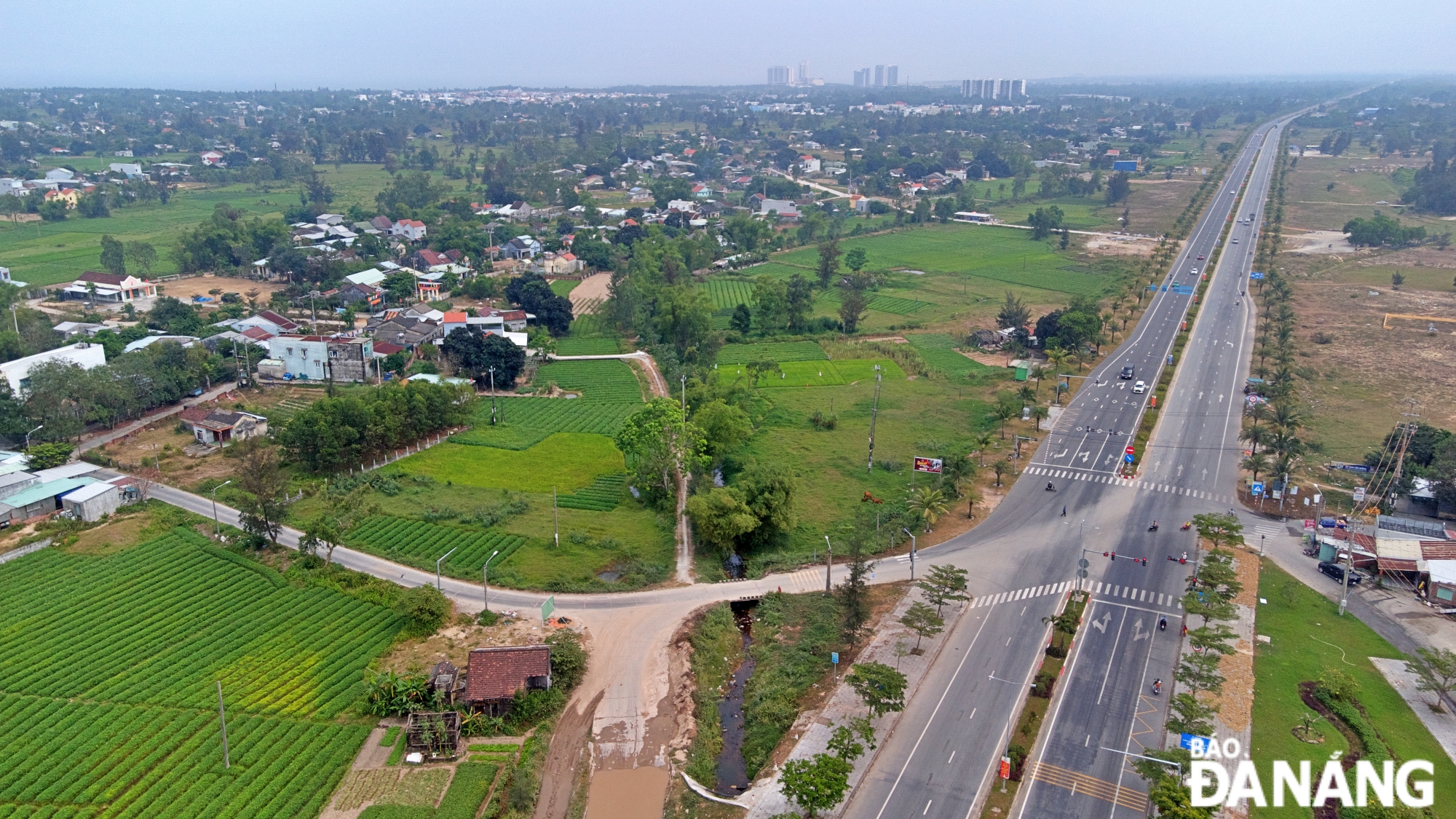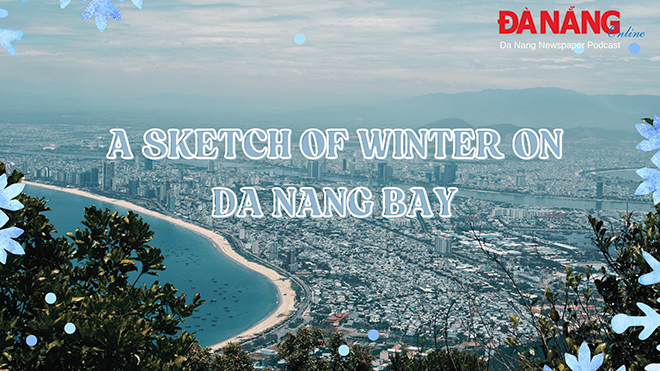Large space for keeping memories of fishing villages needed
A dedicated space for preserving the memories of fishing villages in the face of growing urbanisation is really an urgent need in Da Nang. There is no denying that fishing villages are considered to be a firm basis to identify the city’s long-standing marine culture.
 |
| Fisheries-related exhibits on display at the Dong Dinh Museum |
One striking feature of the Dong Dinh Museum on coastal Hoang Sa Street is its display area, entitled ‘Memories of Fishing Villages’. Indeed, this area is a must-see for anyone who shows keen interest in learning about traditional fishing tools, many of which were collected from the Nam Tho fishing village located at the foot of the Son Tra Mountain.
Not only does this space impress visitors with a wide range of fishing gears and tools used in the past, but it also draws great deal of their attention as its beams, pillars and other parts were made of pieces of remains of fishing boats damaged by a storm in Nam Tho.
The owner of the museum is Meritorious Artist Doan Huy Giao, who is a nationally-renowned poet and documentary film director, plus a very ardent collector of antiques and arts. He proudly remarked that his museum helps to preserve the city’s marine cultural values in the current context of the rapid urbanisation in the locality. According to him, more than 600 years ago, the first residents from the North traveled across the Hai Van Pass to settle down their lives and founded this fishing village.
On entering the Museum of Da Nang, visitors will be deeply impressed by a special area featuring exhibits on the development history of the city’s seaports, and the daily lives of fishermen over the historical periods.
Most notable amongst the exhibits here is a model of ‘ghe bau’ (wooden barges)- one of the typical fishing tools for use in coastal areas of the former Quang Nam-Da Nang land, and the south central region at large.Between the 16th and 19th centuries, these vessels of between 50 and 100 DWT each, were widely used to carry goods on sea routes linking Da Nang with other coastal localities nationwide, and with foreign countries, including Japan and China.
In addition to this type of boat, the display area also features other traditional Vietnamese fishing tools, including fishing nets, rods, and sea rakes. Moreover, this area also shows off the images of the annual Cau Ngu (Fish Worshipping) Festival which takes place at the Whale Temple based in Man Thai Ward, Son Tra District.
In a similar vein, a large number of valuable artifacts honouring the traditional Vietnamese fisheries industry over the historical periods are on display at a worship house of Thanh Khe District’s fisheries sector dedicated to the fishermen who died or went missing at sea. Included are fishing nets, the models of wooden boats, coracles, and especially a precious wooden statuette of a fisherman holding a piece of fishing net and freshly-caught fish in his hands.
Meritorious Artist Doan Huy Giao pointed out to the fact that Da Nang’s traditional fisheries sector is facing many challenges in the current context of rapid urbanisation. Becoming increasingly concerned about the dangers at sea, many local fishermen have already changed their livelihoods.
Another issue of deep matter encountering fishermen is that the city authorities are encouraging even more fishermen to build large offshore fishing vessels, and implementing a strategy to reduce the number of under-20CV fishing vessels and coracles operating in the city’s inshore waters. Accordingly, the city is targeting to ensure that there will be no more than 200 such boats by 2020, and no coracles will be allowed to operate in the city’s inshore waters onwards. Hence, inshore fishing activities might be on the verge of gradually disappearing. Therefore, in the face of this current situation, it is a very urgent need to preserve the city’s time-honoured marine culture for younger generations through memories of fishing villages.
A project to bring community arts into living space and preserve ancient coastal villages, initiated by local famous photographer Nguyen Van My, also known as My Dung, a member of the Viet Nam Association of Photographic Artists, has yet to be carried out due to some unfeasible issues.
Based on the proposal of the photographer, the project was scheduled to seek an appropriate solution to preserve the status quo of the An Tan and An Don coastal villages in Son Tra District, besides the Han river, where the special architectural characteristics of traditional Vietnamese villages are still kept almost intact.
According to Mr Nguyen Dac Xung, the Vice Chairman of Son Tra District People's Committee, with regard to the conservation of marine culture under the city-developed project on developing community-based tourism at Tho Quang and Man Thai beaches, the district administration has proposed the organisation of the traditional Cau Ngu Festival and such beach activities as coracle racing, basket weaving, and net weaving in association with varied types of coastal services to serve both locals and tourists.








